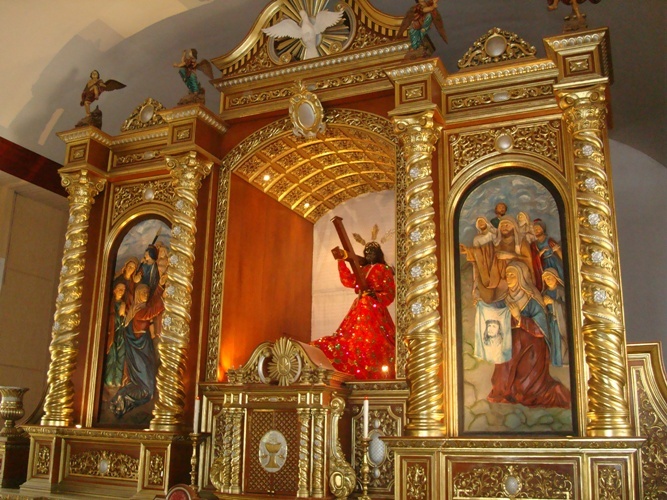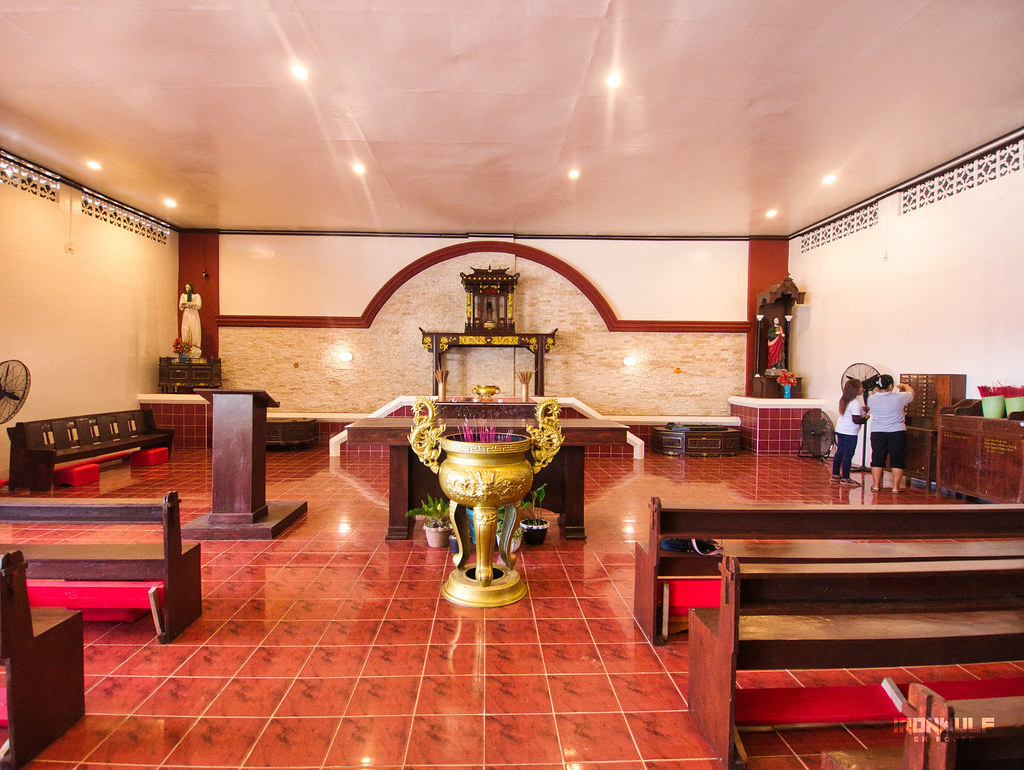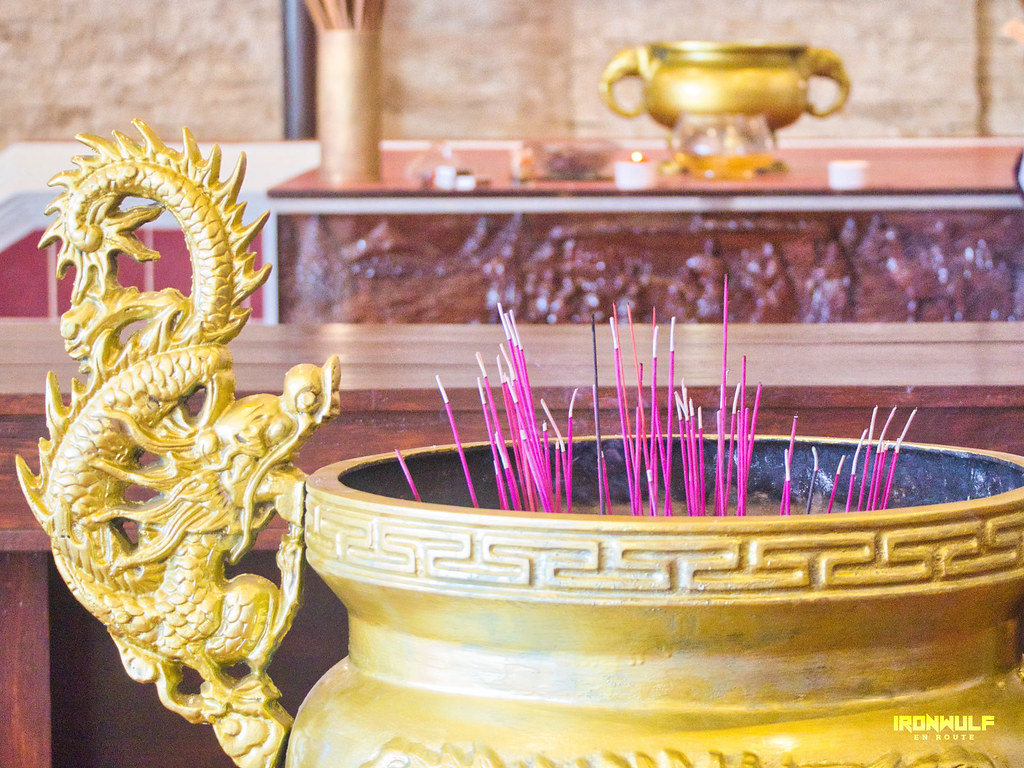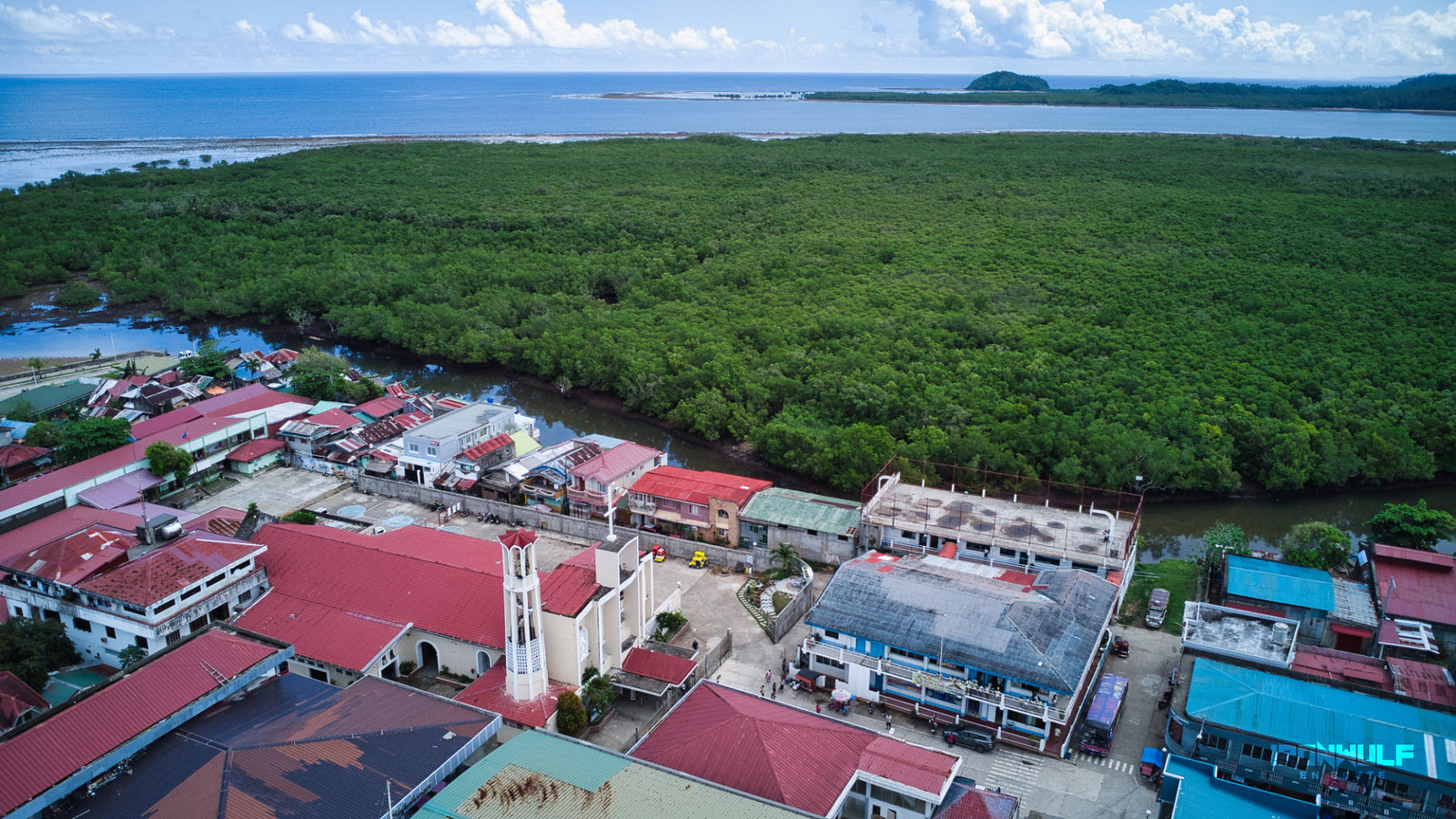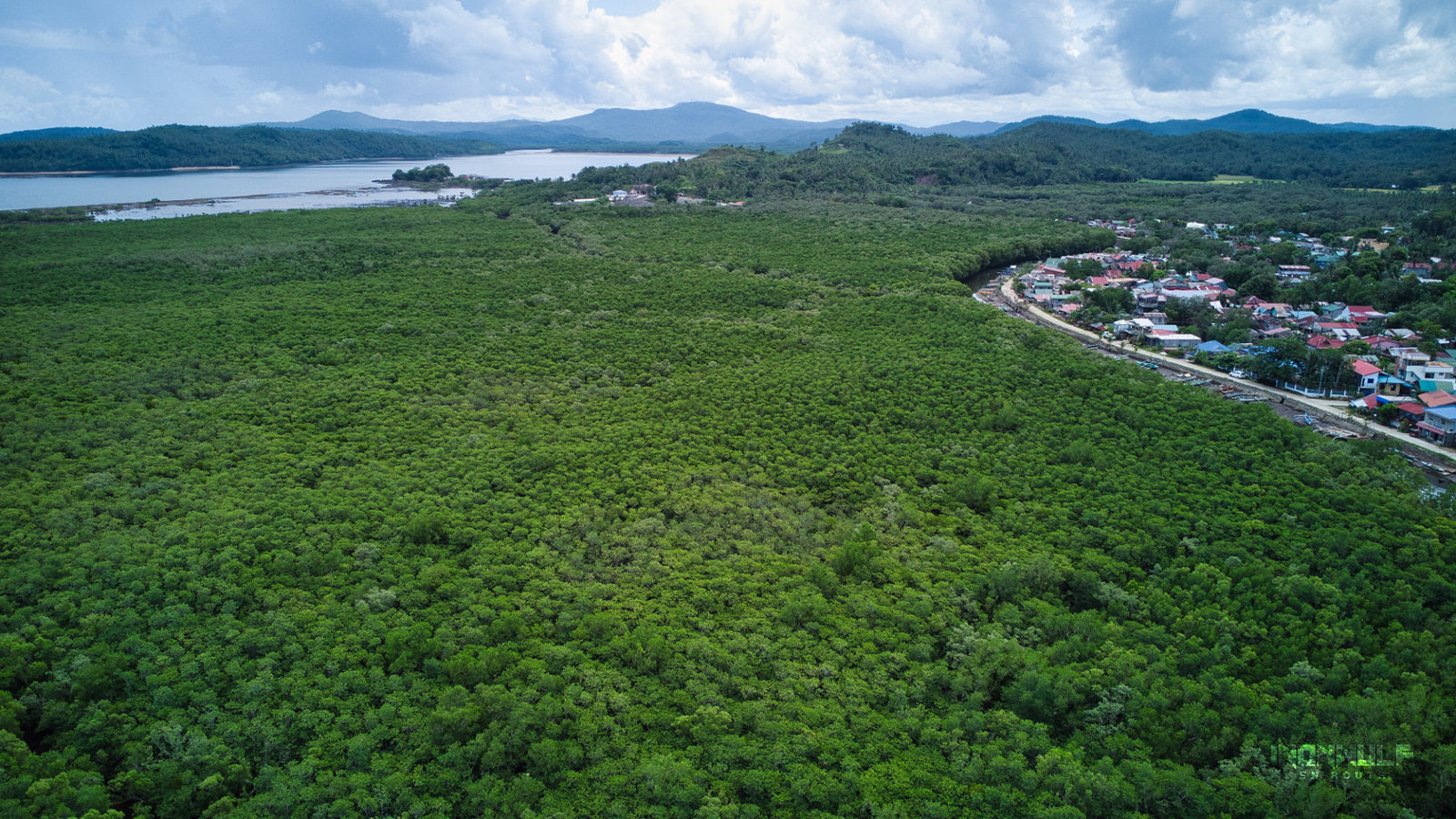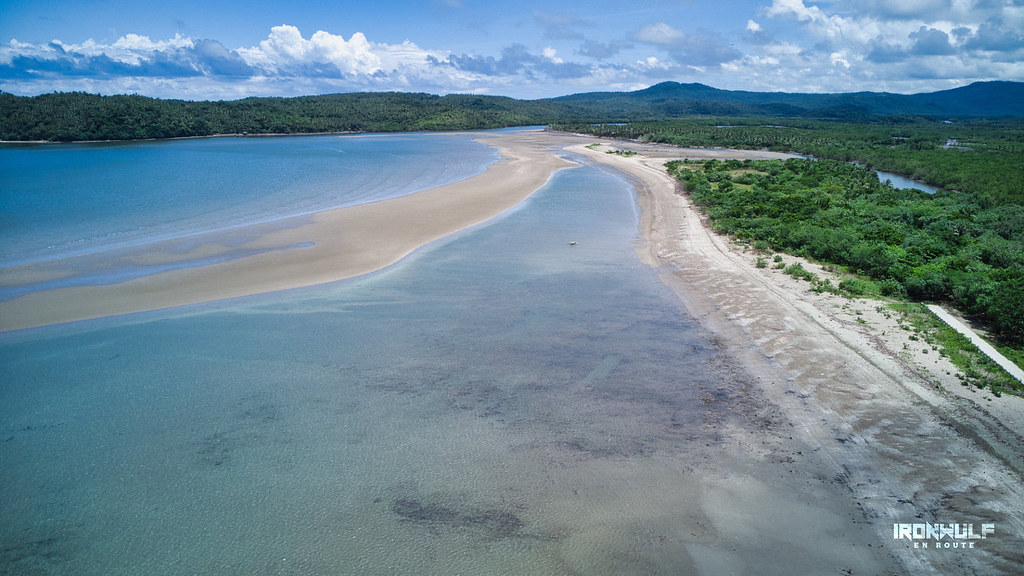Did you know that there’s more to the Black Nazarene than the one in Quiapo? In the remote municipality of Capalonga, Camarines Norte, there exists another revered Black Nazarene that draws hordes of devotees every May. Nestled within the Diocesan Shrine of Jesus, this centuries-old religious icon attracts pilgrims from both near and far, despite being situated approximately 285 kilometers away from Manila. Once visitors pay their respects to this miraculous image, they can delve into the exhilarating ecotourism adventures that await in this picturesque coastal town.
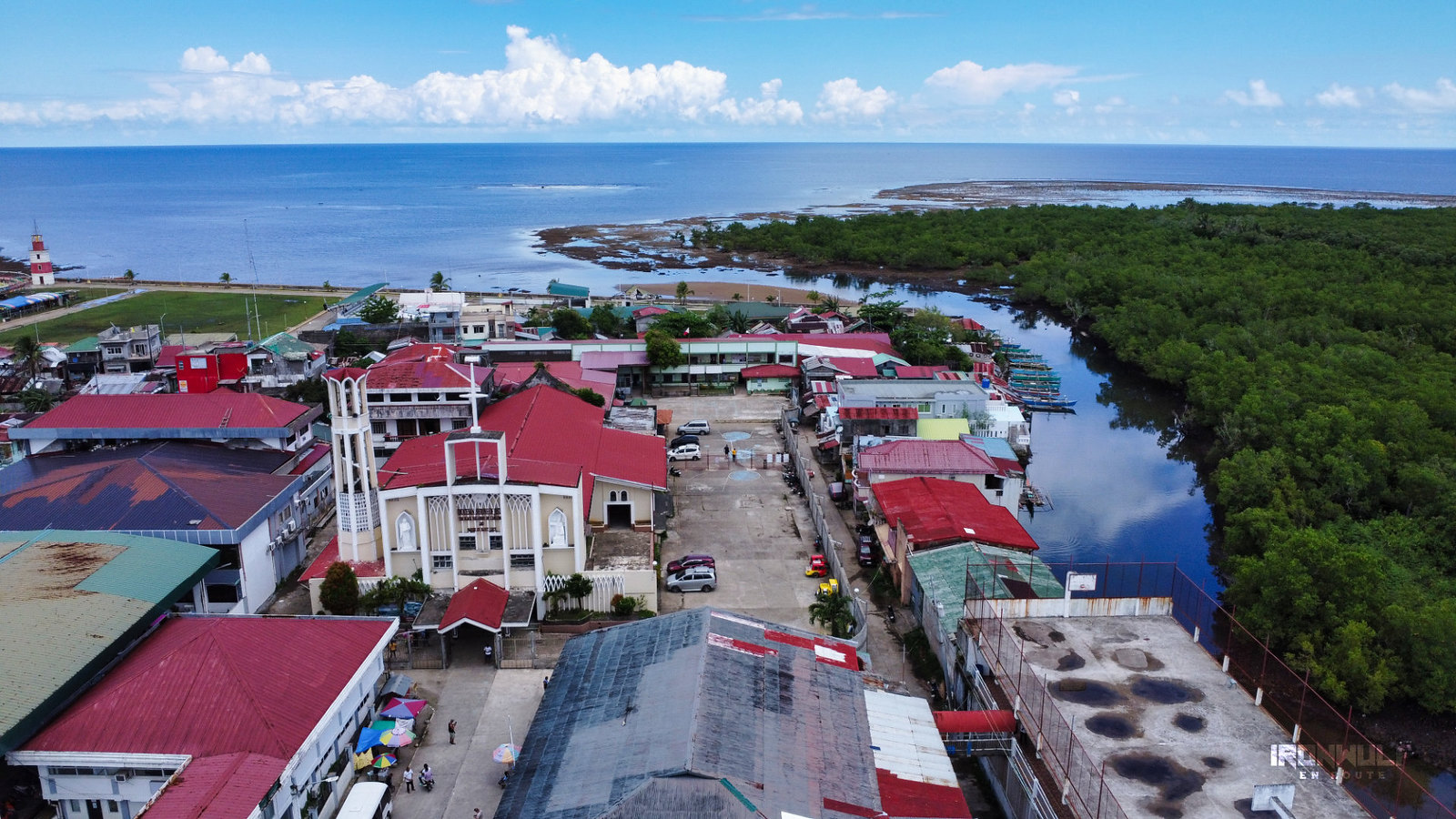
Capalonga: A Hidden Gem
Capalonga, a charming 3rd class municipality located in the northwest region of Camarines Norte, boasts a rich history. It is believed that the original inhabitants of the area were the Agtas and Dumagats, who resided in a settlement called “Apalong.” The town derived its name from the Palong Manok or cockscomb flower (Celosia cristata), which still thrives abundantly in Capalonga to this day.
In recent years, the local government has made significant improvements to the road network, linking the town to its neighboring Labo via a well-paved 39-kilometer national road through Silang. This development has facilitated the direct transportation of locals and visitors via air-conditioned buses. While ongoing efforts to enhance tourism infrastructure are still underway, Capalonga is now more accessible than ever before.

The Mysterious Capalonga Black Nazarene
With the improved road system, Capalonga has been able to accommodate approximately 250 busloads of devotees during its religious fiesta held annually on May 12–13 in honor of the revered Black Nazarene, locally known as the “poong Nazareno.” Despite being centuries old, the exact origins of the Capalonga Black Nazarene remain shrouded in mystery. However, three theories have emerged (source):

- One intriguing account tells of a floating red sap discovered in the ocean, which was eventually carved into the image of the kneeling Christ. As time passed, the sap dried up, turning the image black.
- According to another theory, a devoted Dumagat tribe member carved the image of the Black Nazarene, inspired by their tribal colors.
- The third version suggests that the image was simply found washed ashore on an islet and brought to the church.
Regardless of its true origin, devotees firmly believe in the miraculous powers of the Capalonga Black Nazarene, attributing it to the ability to bestow “good health, fortune, and long life,” particularly upon the Chinese-Filipino community.
Shrine of Jesus and a Blend of Religions
Interestingly, the Diocesan Shrine of Jesus, which was originally dedicated to St. Lucy, the Virgin, and Martyr, gained prominence as it became the official shrine of Jesus, the Black Nazarene, in 1984 (source). This unique place of worship showcases the harmonious coexistence of different religious practices. Just behind the parish, one can find a Chinese temple—a recent addition to the site, having been established around two years ago. This fusion of religions mirrors the Chinoys’ practice of displaying both the image of Buddha and Christ in their homes and businesses.
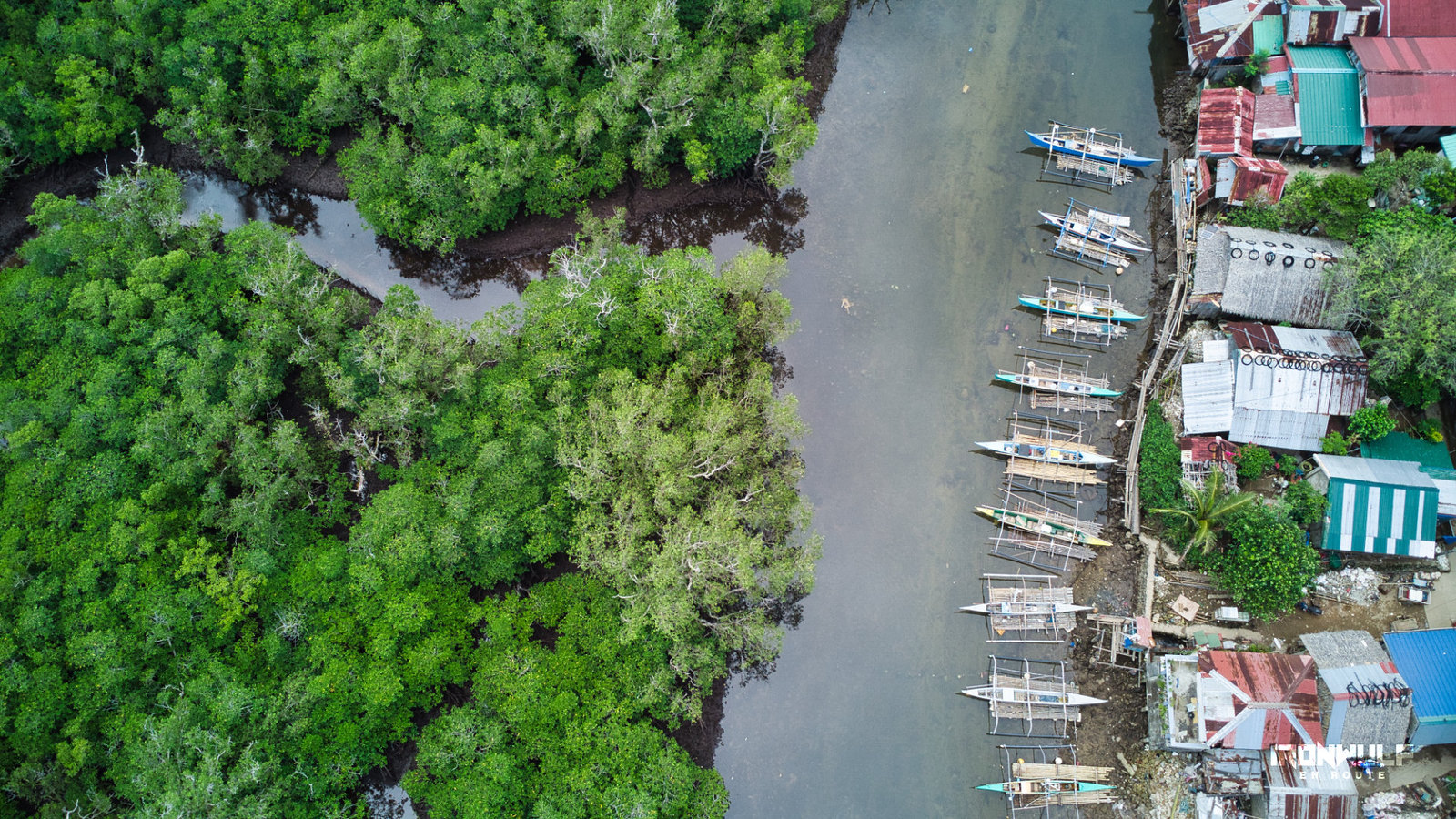
Sibol Capalonga: A Blossoming Paradise
While the Black Nazarene has undoubtedly put Capalonga on the map as a pilgrimage destination, the municipality’s breathtaking landscapes are equally deserving of attention. Even upon entering the town, the Sibol Capalonga Marker greets visitors with a park that overlooks the scenic mouth of the Balaong River, along with stunning sandbars and beaches. The Capalonga Tourism Information office is conveniently situated here, along with cozy gazebos perfect for leisurely picnics.
During our brief visit, we had the opportunity to explore the town’s baywalk, where an iconic tower stands, and a charming small-town carnival nearby. Across the river, near the church, lies a vast mangrove forest—the largest in Camarines Norte in terms of area.

The local tourism officer tantalized us with stories of the 26 documented waterfalls in Capalonga, nine of which are already accessible to visitors. Adventure seekers can conquer the peaks of Mount Samat, while beach lovers can bask in the beauty of Pulong Guijanlo sandbar island and other scenic beaches and rock formations.
Truly living up to its tagline of “Sibol Capalonga” (which means “to grow”), this municipality is flourishing not only as a pilgrimage destination but also as an emerging ecotourism haven. The hidden gems of Capalonga are slowly receiving the recognition they deserve, beckoning travelers to explore their captivating wonders.
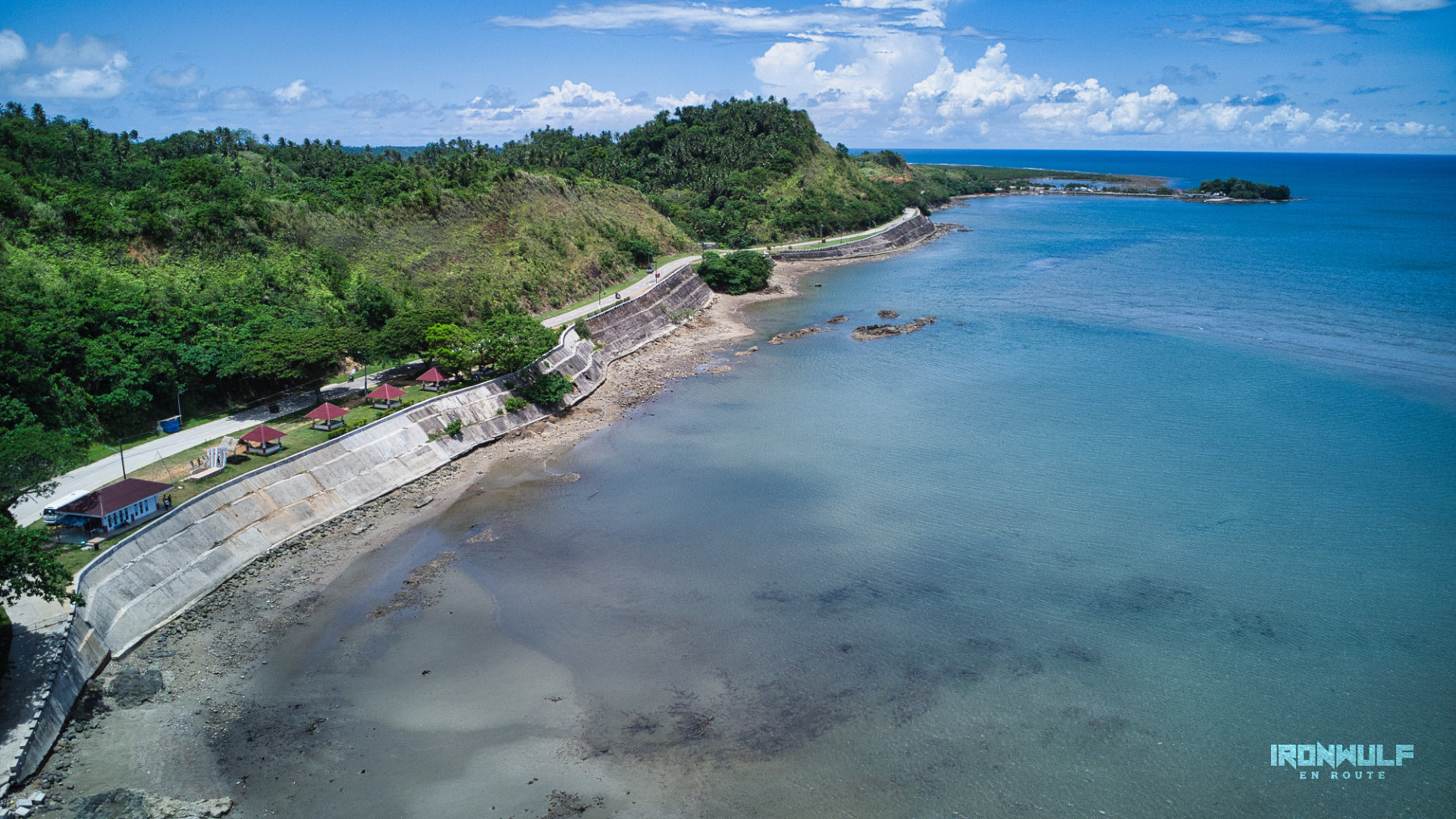



Ferdz Decena is an award-winning travel photographer, writer and blogger. His works has found print in publications such as Singapore Airlines’s Silver Kris, Philippine Airlines’ Mabuhay, Cebu Pacific’s Smile and Seair InFlight. He has also lent his expertise to various organizations like the Oceana Philippines, Lopez Group Foundation, Save the Children and World Vision, contributing quality images for their marketing materials.

